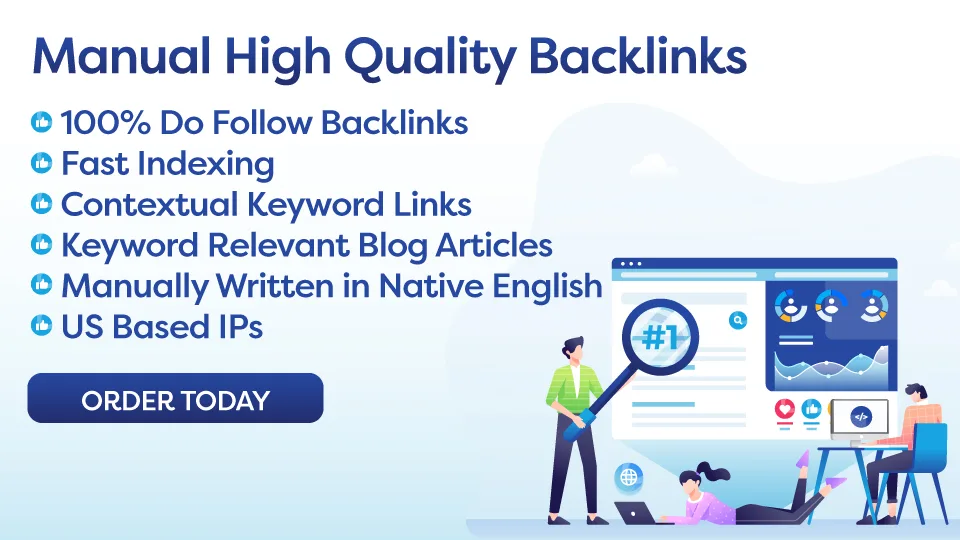Mobile-first indexing is crucial for small businesses to improve online visibility. Google prioritizes mobile-friendly websites, impacting search rankings. Mobile-responsive design is essential for SEO, improving user experience and Google rankings. Small businesses can optimize for mobile-first indexing by incorporating responsive design and conducting mobile SEO audits. Monitoring metrics like mobile traffic and bounce rates is key for success. Taking action by ensuring mobile-responsiveness and tracking performance is essential. By understanding and implementing mobile-first indexing best practices, small businesses can stay competitive in the digital landscape and attract more customers. Prioritize mobile optimization for better search rankings and user experience.
Excerpt: Mobile-first indexing for SMEs is crucial for staying competitive in today’s digital landscape. Is your website ready to rank higher on search engines?
Introduction:
Mobile-first indexing is the latest update in Google’s search algorithm, prioritizing mobile-friendly websites in search results. For small business owners, this presents a unique opportunity to improve their online presence and reach more potential customers. In this article, we will explore the importance of mobile-first indexing for SMEs and provide practical tips to optimize your website for better search rankings.
Key Takeaways:
1. Understanding mobile-first indexing and its impact on small businesses.
2. Importance of mobile-responsive design for SEO.
3. Tips for optimizing your website for mobile-first indexing.
Key Takeaways
1. Understanding Mobile-first Indexing:
– Definition and significance of mobile-first indexing for SMEs
– How it affects search rankings and online visibility for small businesses
With the increasing number of people using smartphones and other mobile devices to access the internet, Google has shifted its focus to prioritize mobile-friendly websites in search results. Mobile-first indexing means that Google uses the mobile version of a website for indexing and ranking, rather than the desktop version. This is crucial for small businesses as it can significantly impact their search rankings and online visibility. By understanding the importance of mobile-first indexing, small business owners can take proactive steps to improve their website and stay ahead of the competition.
2. Importance of Mobile-Responsive Design for SEO:
– How mobile-responsive design improves user experience and SEO
– Tips for creating a mobile-responsive website for small businesses
Having a mobile-responsive website is not only essential for providing users with a seamless browsing experience but also for improving SEO. Google considers mobile-friendliness as a key ranking factor, so having a website that is optimized for mobile devices can help small businesses rank higher in search results. To create a mobile-responsive website, small business owners can use responsive design techniques, optimize images and content for mobile, and prioritize loading speed. By investing in mobile-responsive design, small businesses can attract more organic traffic and improve their online visibility.
3. Tips for Optimizing Your Website for Mobile-First Indexing:
– Implementing mobile-friendly design elements and features
– Conducting mobile SEO audits and monitoring performance
To optimize your website for mobile-first indexing, small business owners can incorporate mobile-friendly design elements such as responsive layouts, easy navigation, and clear call-to-actions. It is also important to conduct regular mobile SEO audits to identify any issues or opportunities for improvement. By monitoring performance metrics such as mobile traffic, bounce rate, and conversion rates, small businesses can make data-driven decisions to enhance their mobile presence and SEO strategy.
Action Plan:
Based on the key points discussed, small business owners can take the following actions:
1. Ensure your website is mobile-responsive by using responsive design techniques.
2. Conduct a mobile SEO audit to identify any issues and improve your website’s performance on mobile devices.
3. Monitor key metrics such as mobile traffic, bounce rate, and conversion rates to track the effectiveness of your mobile SEO strategy.
Conclusion:
In conclusion, mobile-first indexing is a game-changer for small businesses looking to improve their online visibility and attract more customers. By understanding the significance of mobile-responsive design and implementing best practices for mobile SEO, small business owners can stay competitive in today’s digital landscape. Remember, optimizing your website for mobile-first indexing is not just about ranking higher on search engines, but also about providing a better user experience for your audience.
FAQ section:
Q: How does mobile-first indexing impact my website’s search rankings?
A: Mobile-first indexing prioritizes mobile-friendly websites in search results, which can positively impact your search rankings and online visibility.
Q: What are the key elements of a mobile-responsive website?
A: Key elements of a mobile-responsive website include responsive layouts, easy navigation, clear call-to-actions, and fast loading speed.
Q: How can I monitor the performance of my website on mobile devices?
A: You can monitor key metrics such as mobile traffic, bounce rate, and conversion rates to track the effectiveness of your mobile SEO strategy.

